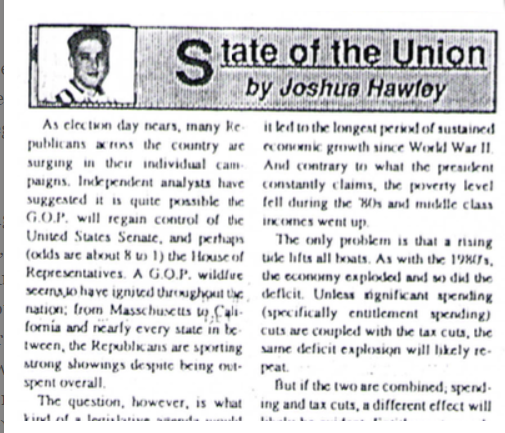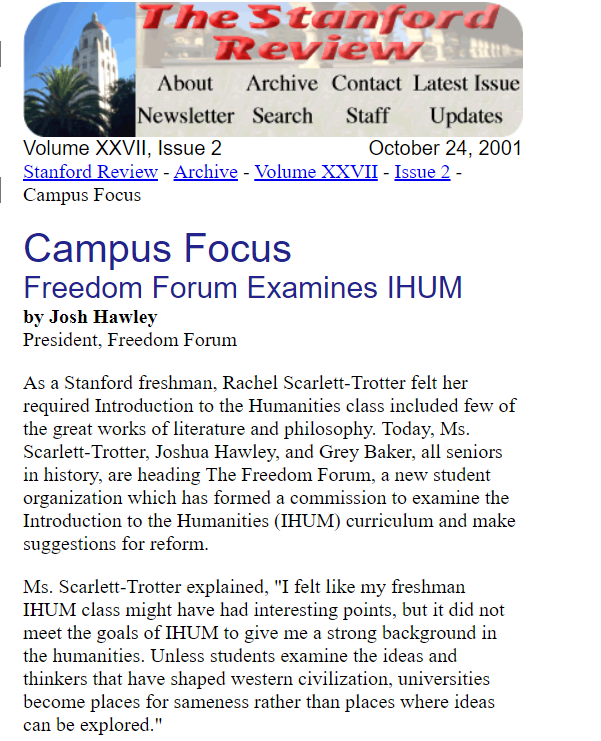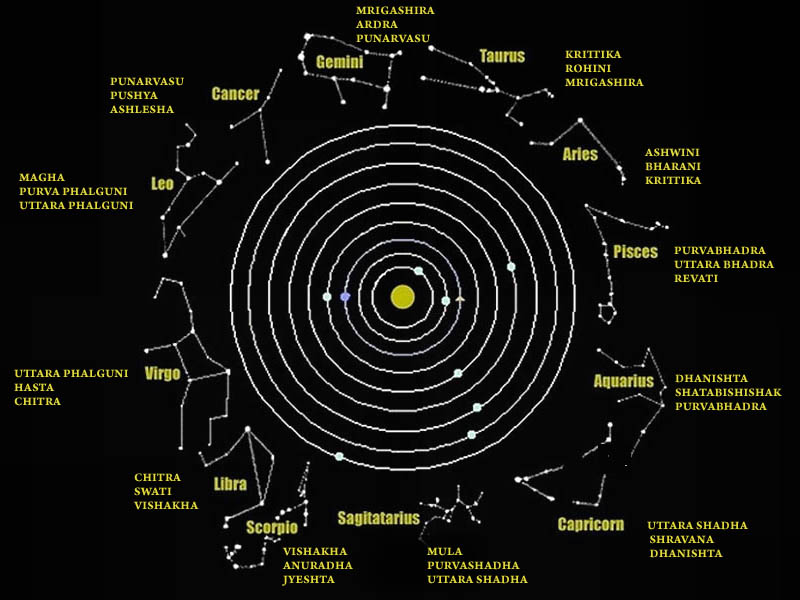1. First, where I get ideas from:
• I teach others and rewrite the transcriptions into blog posts.
• I capture real stories I tell over dinner. Vulnerable, authentic experiences.
• I find strong opinions (on Twitter) that I disagree with. My counter-argument becomes a post.
Of these ideas, the BEST is whichever I can't not write about.
Which idea, of all those swimming inside your brain, are you compelled to pursue the way Ahab was driven to hunt Moby Dick?
—Steven Pressfield
Here's the two-step framework for finding your "must write" ideas:
My first step is choosing an objective for my article, such as:
Step two is pairing that objective with what motivates me:
Your objective clarifies what you're trying to accomplish.
Your motivation ensures you actually see it through.
That’s all that's needed to write with conviction: pair an OBJECTIVE with a MOTIVATION.
When writers lack one of these, they tend to not finish their articles.
Part 2. Okay, but what do I say on the topic?
Once I've chosen a topic, my next step is finding what to say.
One of my favorite writing tricks is to only write my introduction then hand it to friends and ask:
"What are the best ideas I could cover in the rest of the post?"
It turns out that a great time to ask for feedback is after completing your introduction.
People give you surprisingly novel ideas that are better than your original ideas.
Specifically, when I get lost writing, here's how I ask for feedback:
I ask several people to rate my intro from 1 to 10 on how interested they are in reading more.
Don't let them choose 7—that's a cop-out.
They have to decide between 6 (meh) or 8-10 (good).
I keep rewriting until I reach an 8 for my target audience.
I don't aim for higher than 8 because ideas are rarely super interesting to everyone.
(I only do this process when I'm struggling.)
A score of 8 validates I've met three ingredients of a great intro:
• It's a compelling hook into my topic. Readers sense they'll get novelty.
• It conveys the importance of my idea so that readers care to hear the rest.
• It's concise.
Amazon uses this same strategy for releasing products!
They start by drafting a fake PR announcement—as if the product were about to launch.
They share the announcement only with employees.
If the employees aren't interested in buying the product, they pause and start over.
They just saved themselves years of misguided work.
Back to the topic of writing. Let's wrap up.
I believe that people ultimately read for novelty and story.
The risk that readers face when reading your work is that they don't learn anything USEFUL or FEEL anything profound.
That's why I use my first draft to find novel ideas.
Novel ideas are typically:
• Counter-intuitive
• Counter-narrative
• Shock and awe
• Elegant articulations
• Make someone "feel seen"
Then I use my second draft to make those novel ideas resonate—via:
• Stories
• Analogies
• Examples
In other words:
Writing Quality = Novelty x Resonance
I post threads 2x/week like this.
If you want more writing content, follow and see past threads here:
@julian










